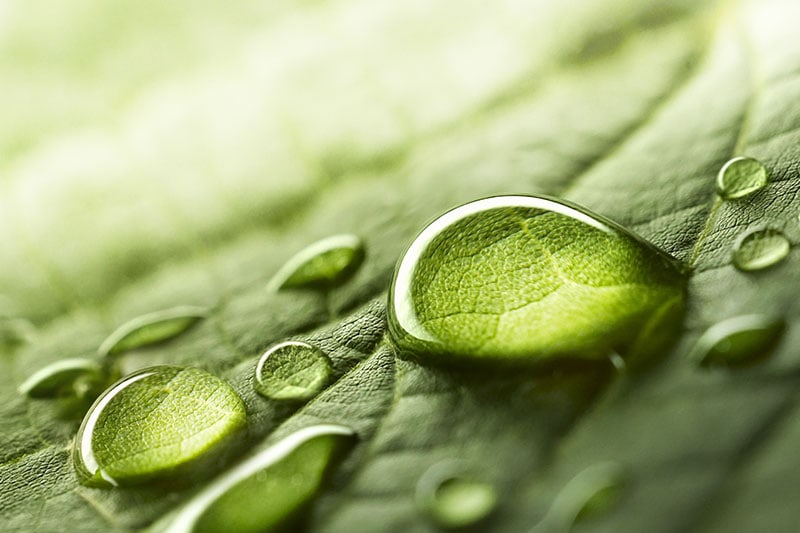
See all posts by this author
When my phone rings this time of year, I can predict what many callers are going to say: “My plants aren’t looking good.”
We’ll take a look. The diagnosis is often the same. “It’s winter burn.”
Here in the Carolinas, early Spring can bring a wildly fluctuating swing in temperatures, 70s during the day, 20s for several nights running. That’s when winter burn rears its ugly head, due to freezing temperatures, gusty winds and low soil moisture. Leaves can turn brown and wilt. New growth can even turn black. Bark-splitting occurs – the splitting of the stem or bark at the base of the plant. Frost cracks appear – long, narrow deep cracks that run up and down the tree trunk. If winter burn strikes, it can kill the superficial growth around the outside of the plant.
Arborscapes’ Bob Smith, a Master Gardener, certified horticulturist, landscape designer and project manager, offers these tips to protect your plants from winter burn:
- Pay attention to the weather forecast. If it’s going to be a cold night, cover your new plants with a sheet or soft cloth. You can water down the protective cover. That creates a frozen barrier.
- Plants in pots or containers should be placed in a garage or carport or otherwise out of the elements on cold nights.
- Keep the soil moist around new plantings.
Your established plants in most cases should survive winter burn. Worst case with new plantings, you can replant. Comfort should come in knowing that it’s winter burn and, knowing that Mother Nature makes the final call. It’s nature doing its thing. Ultimately it’s probably going to be OK.
For plant healthcare questions, calls and questions are always welcome – (704) 525-7148.
See all posts by this author
